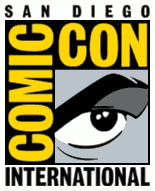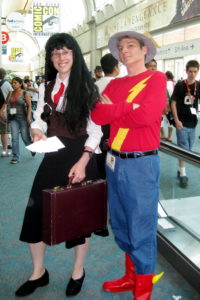 It was fast. Anticlimactic, really. It took a few reloads to get the Comic-Con International home page up, but once I could click on the reservation link, everything went smoothly. I was done by 9:05.
It was fast. Anticlimactic, really. It took a few reloads to get the Comic-Con International home page up, but once I could click on the reservation link, everything went smoothly. I was done by 9:05.
The reservation page was actually optimized!
- Just one image: a banner across the top.
- Everything was on one page, including the list of hotels, the personal info, and the hotel choices.
- Hotel selection was done by client-side scripting, so there was no wait for processing between selections (and no risk of typos confusing their processing system later today).
This is a huge deal, especially compared to Travel Planners’ horribly overdesigned 2008 forms — yes, forms, plural — that kept bogging down. (I never even saw last year’s, though I tried for an hour and a half to get in.)
On the downside, that one page does load a half-dozen script files, but that doesn’t seem to have slowed it down much.
In case none of your 12 choices were available, they asked for a maximum price you’d be willing to pay for another hotel that’s not on your list. I vaguely recall this being a feature of the old fax forms, but I don’t remember being asked this on the phone last year.
I was surprised to find that they didn’t want credit card info immediately, but that’s good from a streamlining perspective as well. The hotel choices, room type, and contact info are critical in order to make the reservation in the first place. Payment can be done later, so in a rushed situation like this, it’s better to handle it later. Plus, not asking for credit card information means that they could run the site without encryption, speeding things up a bit more.
I would have liked to have gotten a confirmation number for the request, or an email, just so that I could be sure that I was in their queue. And to be sure that I entered the right email address. And the right start and end dates. And…well, you get the idea. I’m a little paranoid about the process at the moment.
Here’s hoping that the back end of the process, and sending out confirmations, goes as smoothly as the front end did.
Update: Short answer: it didn’t. Long answer: I’ve written up what went wrong, at least from the guests’ point of view.

